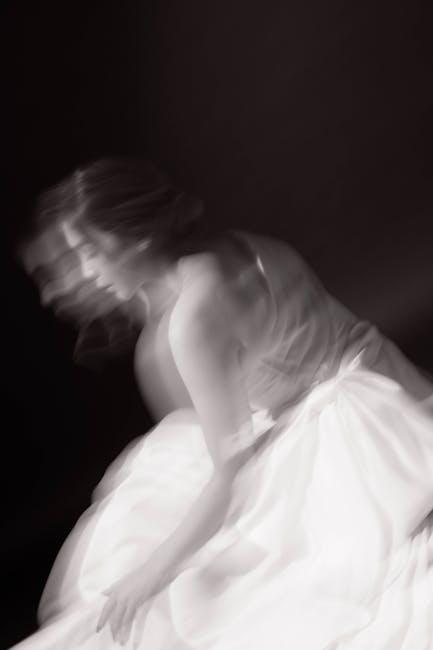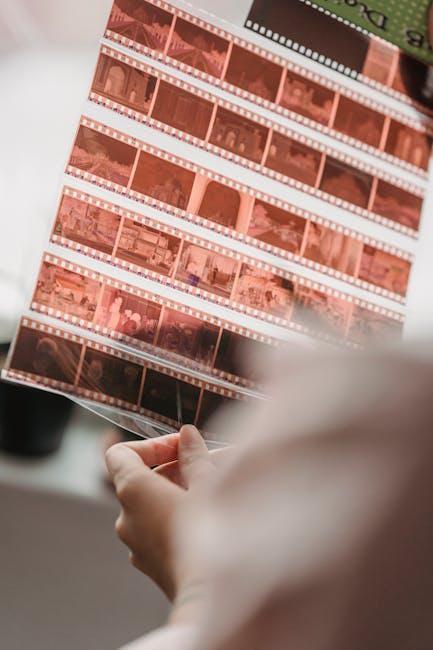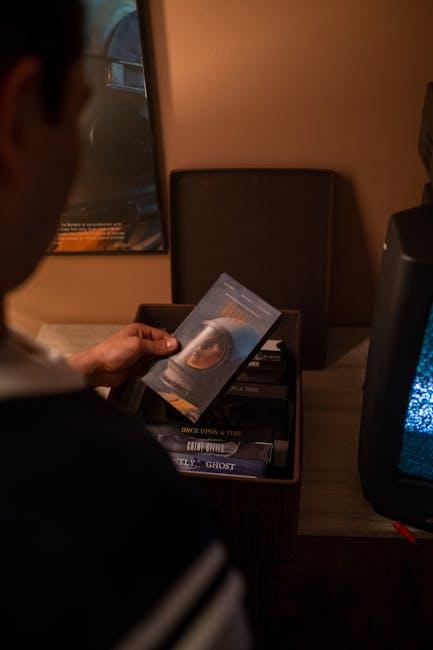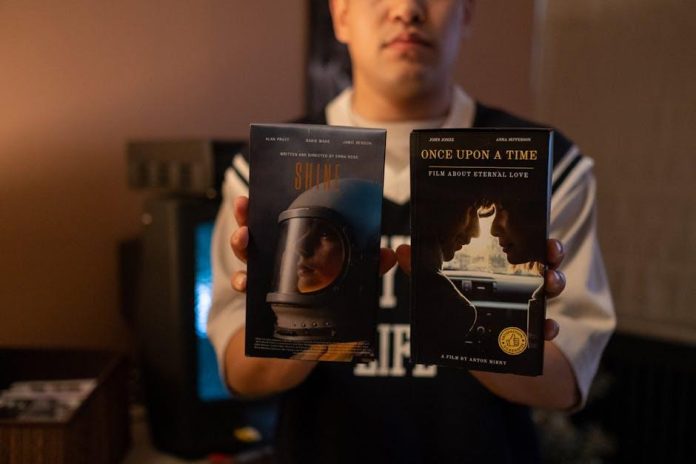In the dimly lit theaters of yesteryear, as the flickering images danced across the silver screen, a revolution was quietly unfolding. These were not just films; they were pioneering voyages into the uncharted territories of storytelling and visual artistry. Classic films, the bedrock of cinematic innovation, have long cast their enduring shadows over the landscape of modern cinema. They are the timeless masterpieces that whispered the secrets of narrative depth and visual splendor to generations of filmmakers who followed. From the hauntingly beautiful chiaroscuro of film noir to the sweeping vistas of epic adventures, these foundational works are the architects of today’s cinematic language. Join us as we journey through the hallowed halls of film history, exploring the classic films that not only entertained but also educated and inspired, laying the groundwork for the vibrant tapestry of contemporary cinema.
The Pioneers of Storytelling Techniques

The golden era of cinema introduced a plethora of groundbreaking storytelling techniques that remain influential in contemporary filmmaking. Alfred Hitchcock, often referred to as the “Master of Suspense,” revolutionized the art of building tension with his innovative use of camera angles and editing. His films, such as “Psycho” and “Vertigo,” demonstrated how psychological depth and visual style could intertwine to create compelling narratives. Another trailblazer, Orson Welles, shattered traditional storytelling structures with “Citizen Kane,” employing nonlinear narratives and deep focus cinematography to craft a complex and layered tale that challenged audiences’ perceptions.
- Innovative Narrative Structures: Techniques like non-linear storytelling and unreliable narrators became mainstream thanks to pioneers like Welles.
- Visual Storytelling: Directors like Hitchcock emphasized the power of visual cues and symbolic imagery to enhance the narrative.
- Character Depth: Early filmmakers explored intricate character development, setting a precedent for modern character-driven stories.
These filmmakers and their pioneering techniques laid the foundation for the immersive and multifaceted stories we enjoy today, proving that the evolution of storytelling is an ever-unfolding tapestry, woven with threads of innovation and vision.
Cinematic Innovations that Transformed Filmmaking

The evolution of filmmaking has been a journey marked by groundbreaking advancements that have redefined the art of cinema. Cinematic innovations have not only shaped the visual storytelling of their time but have also left an indelible mark on future generations of filmmakers. From the advent of synchronized sound in the late 1920s, which gave birth to the era of “talkies,” to the introduction of Technicolor, which transformed the visual palette of films, these innovations have continuously pushed the boundaries of what is possible on screen.
- Sound and Music: The transition from silent films to sound films opened up a new dimension in storytelling, allowing directors to use dialogue, sound effects, and music to enhance narrative depth.
- Color Film: The pioneering use of Technicolor in films like “The Wizard of Oz” and “Gone with the Wind” revolutionized cinema, offering audiences vibrant, lifelike images.
- Special Effects: Techniques such as stop-motion animation and matte painting have evolved into today’s sophisticated CGI, enabling filmmakers to create fantastical worlds and seamless visual illusions.
- Camera Movements: The Steadicam and other innovations in camera technology have allowed for dynamic and fluid cinematography, expanding the language of film.
Each of these innovations, in its own way, has laid the groundwork for the modern cinematic experience, inspiring filmmakers to continually explore and expand the potential of film as an art form.
Timeless Performances that Shaped Acting Standards

The silver screen has been graced by performances so profound that they have redefined the art of acting itself. These iconic portrayals have not only captivated audiences but also set new benchmarks for future generations of actors. Marlon Brando’s raw and visceral performance in A Streetcar Named Desire broke away from traditional acting techniques, introducing a method acting approach that emphasized emotional authenticity. Similarly, Vivien Leigh delivered a breathtakingly nuanced portrayal of Scarlett O’Hara in Gone with the Wind, demonstrating a powerful blend of vulnerability and tenacity.
- Humphrey Bogart in Casablanca – His effortless charm and complex character arc transformed the leading man archetype.
- Katharine Hepburn in The Philadelphia Story – Her sharp wit and commanding presence paved the way for strong, independent female characters.
- James Dean in Rebel Without a Cause – Captured the essence of teenage angst and rebellion, influencing youth culture and cinema alike.
These performances remain timeless, not just for their artistic merit but for their ability to transcend eras, continually inspiring and shaping the craft of acting in modern cinema.
Enduring Influence: Must-Watch Classics for Every Film Buff

In the ever-evolving landscape of cinema, certain films stand as timeless pillars, influencing generations of filmmakers and captivating audiences worldwide. These classic films not only defined their eras but also laid the groundwork for the innovative storytelling and visual artistry we see in today’s blockbusters. For those who seek to understand the roots of modern cinema, delving into these masterpieces is essential.
- Citizen Kane (1941): Often hailed as the greatest film ever made, Orson Welles’ magnum opus revolutionized narrative structure and cinematography, introducing techniques such as deep focus and non-linear storytelling.
- Casablanca (1942): With its unforgettable dialogue and compelling love story set against the backdrop of World War II, this film epitomizes the golden age of Hollywood and remains a benchmark for romantic dramas.
- Psycho (1960): Alfred Hitchcock’s thriller broke new ground in horror and suspense, featuring a shocking plot twist and pioneering the use of music to enhance tension.
- 2001: A Space Odyssey (1968): Stanley Kubrick’s visionary epic pushed the boundaries of special effects and philosophical storytelling, influencing countless science fiction films that followed.
- The Godfather (1972): A cornerstone of American cinema, Francis Ford Coppola’s crime saga reshaped the gangster genre and introduced a new level of depth and complexity to character development.
These films, each a testament to the innovative spirit of their creators, continue to inspire and inform the cinematic experiences of today. Whether you’re a seasoned cinephile or a curious newcomer, immersing yourself in these classics offers invaluable insights into the art and craft of filmmaking.



